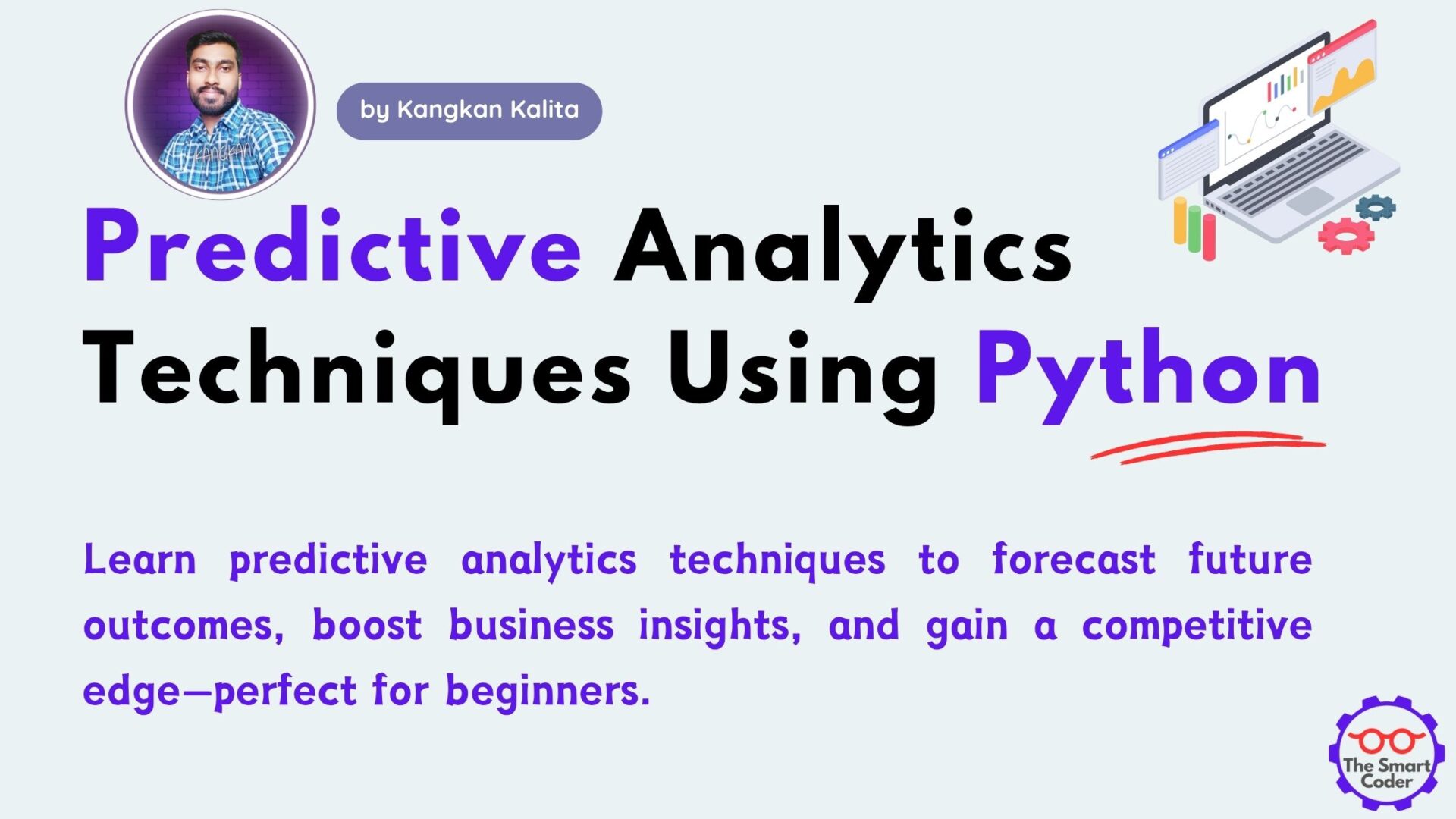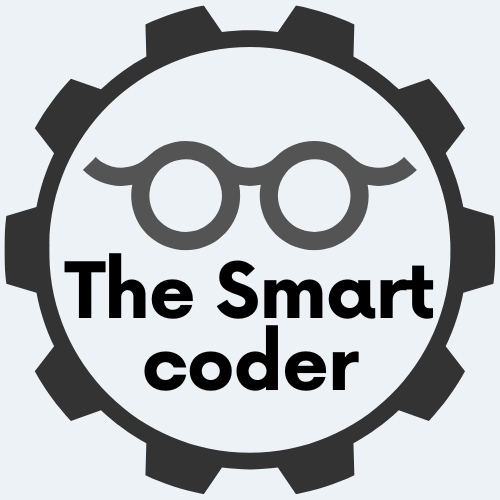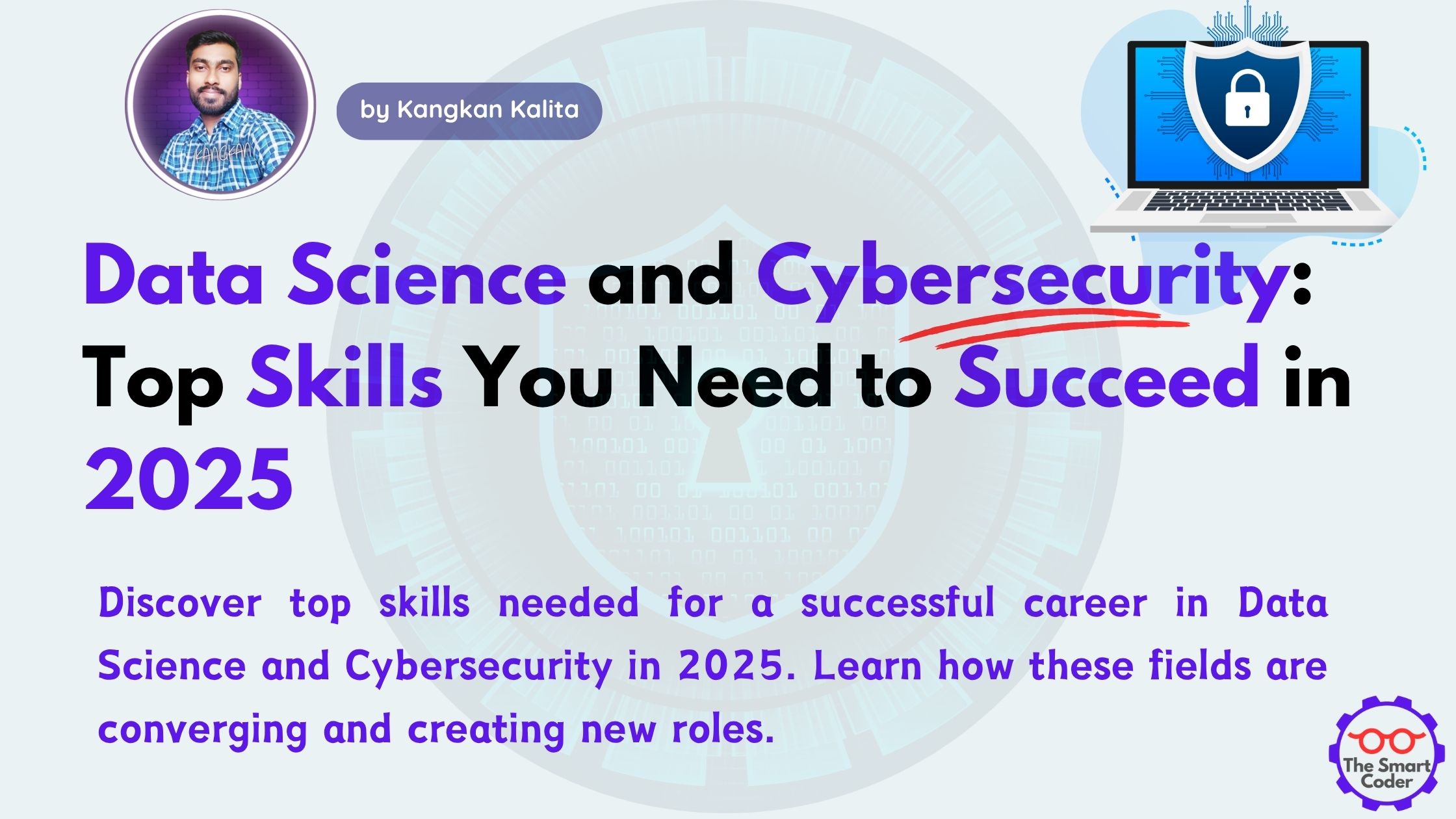Predictive Analytics Techniques: A Beginner’s Guide to Turning Data into Future Insights
- Generative AI Roadmap in 2025: Skills, Tools, and Opportunities - August 11, 2025
- Most Used Statistical Concepts in Data Analysis: A 2025 Guide - August 5, 2025
- SQL for beginners : A Complete Guide - June 24, 2025
Introduction
Predictive analytics is the art and science of using historical data to make informed guesses about what might happen next. In a world drowning in data, predictive analytics is helping businesses, marketers, healthcare providers, and financial institutions unlock future insights to stay ahead of the curve. Whether it’s forecasting sales, preventing fraud, or anticipating customer behavior, predictive analytics is fast becoming a core pillar of data-driven strategy.

What Is Predictive Analytics?
At its core, predictive analytics is the use of statistical techniques and machine learning models to analyze current and historical data and forecast future outcomes. Think of it as using what you already know to predict what might happen.
For example, an online retailer might use past purchase data to predict what products a customer is likely to buy next. By identifying patterns and trends, predictive analytics enables smarter decision-making, reduces guesswork, and helps organizations act proactively instead of reactively.
Why Predictive Analytics Matters Today
Predictive analytics isn’t just a buzzword—it’s a competitive advantage. Here’s why it’s critical today:
- Business Forecasting: Retailers use forecasting models to estimate demand and manage inventory more effectively.
- Fraud Detection: Banks use predictive models to flag suspicious transactions before fraud occurs.
- Customer Retention: Telecom companies predict customer churn and intervene with offers to retain users.
- Healthcare Optimization: Hospitals use data analytics to predict patient readmission risks and optimize care.
Benefits of predictive analytics:
- Increases operational efficiency
- Minimizes risks
- Enables personalized customer experiences
- Supports smarter, faster decision-making
Companies like Amazon, Netflix, and UnitedHealth Group use predictive analytics to fine-tune services, save costs, and innovate continuously.
Top Mistakes Beginners Make While Learning Machine Learning
Core Predictive Analytics Techniques
1. Regression Analysis
What it is: A statistical technique to understand relationships between variables. Most commonly used to predict a numeric value.
Where it’s used: Sales forecasting, pricing models, cost prediction.
Example: A car dealership uses regression to predict future car sales based on advertising spend and economic indicators.
2. Decision Trees
What it is: A model that splits data into branches to make decisions or predictions. Easy to interpret.
Where it’s used: Risk assessment, credit scoring, medical diagnosis.
Example: A bank uses decision trees to decide whether to approve loan applications based on customer income and credit history.
3. Random Forest
What it is: An ensemble of decision trees that improves accuracy and reduces overfitting.
Where it’s used: Customer segmentation, fraud detection, churn prediction.
Example: An e-commerce platform uses random forests to identify users likely to abandon their carts.
4. Time Series Forecasting
What it is: A method for predicting future values based on past time-stamped data.
Where it’s used: Stock price prediction, weather forecasting, demand planning.
Example: A logistics firm uses time series to predict package delivery delays.
5. Neural Networks
What it is: A machine learning model inspired by the human brain, capable of learning complex patterns.
Where it’s used: Image recognition, speech processing, advanced forecasting.
Example: A healthcare startup uses neural networks to predict disease progression based on patient records.
6. Clustering
What it is: A technique that groups similar data points together without pre-labeled outcomes.
Where it’s used: Market segmentation, anomaly detection, recommendation systems.
Example: A clothing retailer uses clustering to identify shopper groups based on buying behavior.
7. Classification Models (e.g., Logistic Regression, SVM)
What it is: Techniques used to categorize data into distinct classes.
Where it’s used: Email spam detection, loan default prediction, medical diagnosis.
Example: An insurance company uses logistic regression to predict which customers are likely to file a claim.
Tools and Libraries for Predictive Analytics
- Python:
Scikit-learn: Versatile library for machine learning.TensorFlow,Keras: Ideal for deep learning and neural networks.Statsmodels: Great for statistical analysis.
- R: Statistical computing language widely used in academia and industry.
- Excel: Simple forecasting models for non-programmers.
- Power BI/Tableau: Integrate predictive modules and visual analytics.
- Cloud Platforms:
- AWS SageMaker
- Microsoft Azure ML
- Google Cloud AI Platform
Steps to Perform Predictive Analytics
- Define the Problem: Clearly state what you’re trying to predict (e.g., “Which customers are likely to churn?”).
- Collect and Clean the Data: Source quality data, handle missing values, and remove outliers.
- Choose a Model: Pick a technique (e.g., regression, decision tree) based on your problem type.
- Train and Test the Model: Use training data to build the model, and testing data to evaluate it.
- Validate and Interpret Results: Check accuracy, precision, and recall. Make sure the model makes sense.
- Deploy and Monitor Predictions: Implement the model in real-world workflows and monitor performance over time.
Predictive Analytics vs. Other Data Analytics Types
| Type | Purpose | Example |
|---|---|---|
| Descriptive Analytics | What happened? | Monthly sales reports |
| Diagnostic Analytics | Why did it happen? | Investigating a sales dip |
| Predictive Analytics | What is likely to happen? | Forecasting next month’s revenue |
| Prescriptive Analytics | What should we do about it? | Deciding optimal marketing spend |
Use predictive analytics when you need to anticipate future outcomes and make proactive decisions.
Real-World Case Studies or Examples
Retail: Inventory Optimization
A global apparel brand used predictive analytics to forecast seasonal demand, reducing overstock by 20% and improving cash flow.
Healthcare: Reducing Readmissions
A hospital network built predictive models to identify high-risk patients. This helped them reduce 30-day readmission rates by 15%.
Banking: Fraud Detection
A major bank deployed machine learning algorithms to analyze transaction patterns. As a result, they detected fraud 40% faster than before.
How to Learn Predictive Analytics as a Beginner
Free and Paid Resources
- Google’s Machine Learning Crash Course (free)
- Coursera: “Applied Data Science with Python”
- edX: “Data Science MicroMasters”
- Udemy: “Predictive Analytics for Beginners”
Beginner Projects to Try
- Predict house prices using regression
- Build a customer churn model
- Analyze public stock market data for trends
GitHub Repositories and Datasets
- Kaggle.com: Thousands of free datasets and notebooks
- UCI Machine Learning Repository
- Awesome-Predictive-Analytics: Curated GitHub resources
FAQs
What is predictive analytics used for?
Predictive analytics is used to forecast future outcomes, detect fraud, predict customer behavior, optimize operations, and more.
Which algorithm is best for predictive analysis?
There’s no one-size-fits-all. Regression works for numeric predictions, while classification is best for categorical outcomes. Random forests and neural networks handle complex problems well.
Do I need to learn Python for predictive analytics?
Not necessarily, but Python is one of the most versatile and widely used tools in data science.
Is predictive analytics hard to learn?
With consistent practice and the right learning path, beginners can pick it up. Start with simple models and build from there.
How accurate are predictive analytics models?
Accuracy depends on data quality, model selection, and tuning. Good models can achieve high accuracy, but no model is perfect.
Conclusion
Predictive analytics is a game-changer in how organizations approach the future. By mastering techniques like regression, classification, and time series forecasting, beginners can unlock new possibilities in business intelligence and decision-making. Whether you’re a student, a business analyst, or an aspiring data scientist, starting small and experimenting with predictive analytics today will prepare you for the data-driven world of 2025 and beyond.






